Extension cattle specialists seek to uncover how wildfire smoke affects cows
Cattle ranchers east of the Cascades spent much of the summer evacuating their herds from wildfires that scorched nearly 2 million acres.
Even if the animals were moved safely away from the flames, they faced another potential danger: smoke exposure.
Across the state, on both dairy and beef operations, cows have been getting sick. Juliana Ranches, an Oregon State University Extension Service beef specialist, describes a rancher with cattle experiencing “running rose, running eyes and very bad discharge.”
Ranches has teamed with Jenifer Cruickshank, OSU Extension’s statewide dairy specialist, to study the effects of smoke exposure on cows. “We hypothesize that by inhaling the smoke, their lungs are drying and that leads to bacterial development which gets them sick,” Ranches said.
Exposure can happen naturally, by observing cows exposed to smoke during a regular fire season. Or exposure can happen artificially, when researchers place cattle in an enclosed environment with a set amount of smoke.
Since the exact path and ferocity of wildfires are outside of researchers’ hands, Cruickshank explained that natural exposure is a tricky research method. Cruickshank is conducting a study with the University of Idaho that compares a herd in Corvallis with a herd in Moscow, Idaho.
“The design was predicated on the assumption that Moscow would get some smoke and Corvallis would not,” Cruickshank said. While this is a fair assumption based on weather patterns in the two areas, it ultimately amounts to a “gamble,” said Cruickshank.
Questions about this Article?:

Copyright © 2021-2025. All rights reserved
This website stores cookies on your computer. These cookies are used to collect information about how you interact with our website and allow us to remember you. We use this information in order to improve and customize your browsing experience and for analytics and metrics about our visitors on this website. To find out more about the cookies we use, see ourPrivacy Policy.